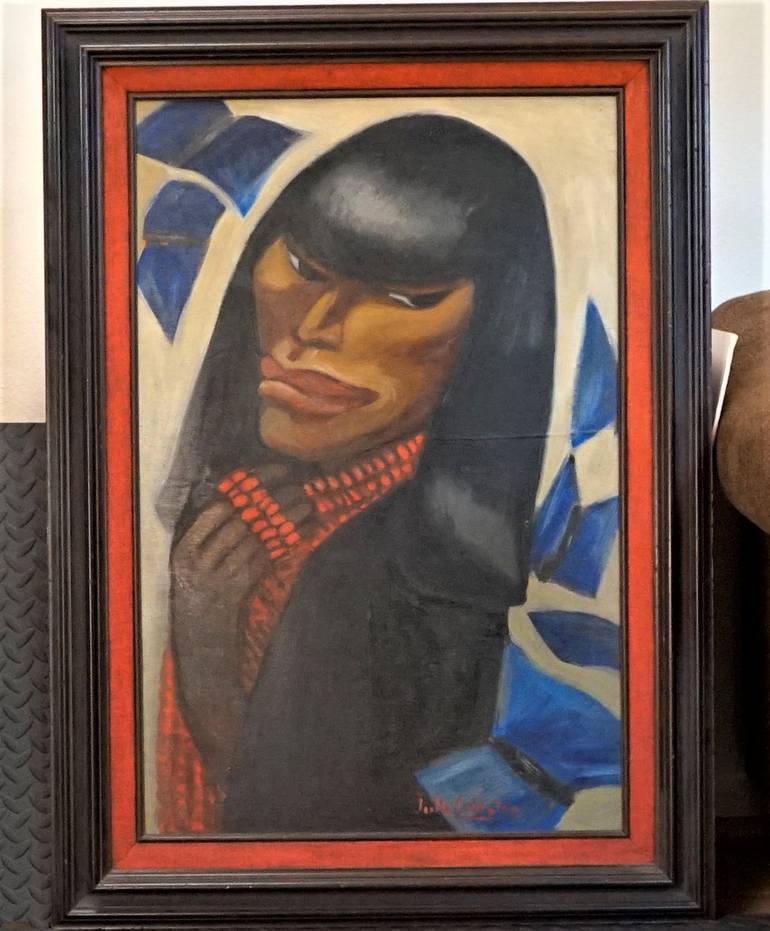


75 Views
0
View In My Room
Painting, Oil on Canvas
Size: 83.8 W x 116.8 H x 3.8 D cm
Ships in a Box
75 Views
0
ABOUT THE ARTWORK
DETAILS AND DIMENSIONS
SHIPPING AND RETURNS
Julia Manuela Codesido y Estenós (1883-1979) Peruvian painter, one of the most prominent of the twentieth century. It belonged to the Group of indigenous painters formed around the Peruvian indigenous teacher Jose Sabogal, which stood out for his tenacious political commitment to the indigenous and...
Year Created:
1928
Subject:
Mediums:
Painting, Oil on Canvas
Rarity:
One-of-a-kind Artwork
Size:
83.8 W x 116.8 H x 3.8 D cm
Ready to Hang:
Not Applicable
Frame:
Black
Authenticity:
Certificate is Included
Packaging:
Ships in a Box
Delivery Cost:
Shipping is included in price.
Delivery Time:
Typically 5-7 business days for domestic shipments, 10-14 business days for international shipments.
Returns:
14-day return policy. Visit our help section for more information.
Handling:
Ships in a box. Artists are responsible for packaging and adhering to Saatchi Art’s packaging guidelines.
Ships From:
United States.
Need more information?
Need more information?
Aurelia Howe
United States
Why Saatchi Art?
Thousands of
5-Star Reviews
We deliver world-class customer service to all of our art buyers.
Global Selection of Original Art
Explore an unparalleled artwork selection from around the world.
Satisfaction Guaranteed
Our 14-day satisfaction guarantee allows you to buy with confidence.
Support Emerging Artists
We pay our artists more on every sale than other galleries.
